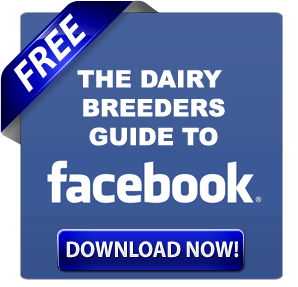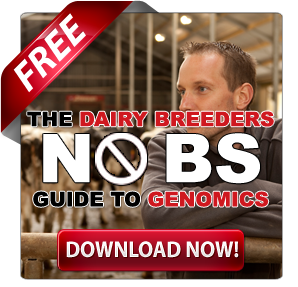![8490788949_7208a5156e_b[1]](https://www.thebullvine.com/wp-content/uploads/2015/09/8490788949_7208a5156e_b1-300x200.jpg) Which eye a cow tends to use most when interacting with other cows and humans tells us quite a bit about her. In humans we have the saying that the eyes are windows to the soul, which I realize may be a stretch for cattle. But recent research does indicate that eyes may telegraph important information regarding a cow’s temperament, if not her innermost being. (Phillips et al., 2015. J. Dairy Sci. 98:2389-2400.)
Which eye a cow tends to use most when interacting with other cows and humans tells us quite a bit about her. In humans we have the saying that the eyes are windows to the soul, which I realize may be a stretch for cattle. But recent research does indicate that eyes may telegraph important information regarding a cow’s temperament, if not her innermost being. (Phillips et al., 2015. J. Dairy Sci. 98:2389-2400.)
In this Australian study, the researchers assessed which eye – left or right – predominates when cows encounter other cows or human beings. In dairy cattle the right brain is connected to the left eye and coordinates fight and flight behavior. In contrast, the left brain is connected with the right eye and controls responses to food, recalled cues, and what to do under normal conditions.
When one side of the brain controls cognitive processing under specific situations, it is termed “laterality.” In humans it will be observed as a side bias such as being left- or right-handed. Laterality occurs in several common behaviors of dairy cows such as lying and parlor entry. For instance, we have known for years that cows prefer to lie on their left side because it allows most efficient positioning of the rumen within the body for rumination and fermentation-gas release from the rumen. Or, we observe cows preferring to always enter the milking parlor on the same side.
Laterality, and the complex brain function that it reflects, aids in multi-tasking, social communication, and avoidance of stressful or dangerous situations. Yes – even dairy cattle multi-task. And, we need to remember that when cows react negatively to humans – almost as if they were predators – they are responding to behavioral hard wiring that evolved over time with cows as the prey.
Now back to cow eyes and what they might reveal to us as herd managers. Dairy cattle have highly lateralized vision because of their eye placement which allows them to scan for predators (or humans or other cows) within a field of vision of about 330 degrees with a blind spot only directly behind them. Consequently it’s relatively easy to observe which eye the cow predominately uses in any encounter with a fellow pen mate or person that is working with the pen of cattle.
Subordinate cows are much more likely to use their left eye when interacting with other cows. So given previously published research on subordinate cows, it may be fair to say that a view from the left will reflect a more nervous cow with perhaps lower productivity and less efficient digestive efficiency. Research has shown that subordinate cows will sacrifice feed quality to avoid close contact with dominant cows at the feed bunk. In fact, there is a positive correlation between body condition score and use of the right eye – characteristic of dominant cows – reflecting the fact that dominant cows typically have priority access to feed. Familiar clothing worn by a herdsperson leads the cow to view them predominantly with their right eye – in other words, without fear. Cows that mostly used their left eye in cow-to-cow and cow-to-human interactions have a more restless disposition and heightened flight or fight response. Dominant cows use their right eye more when encountering other cows indicating that they are less fearful.
So, we see the dominant eye that cows use to look at other cows and humans provides valuable information on their temperament. Time will tell whether this information may be usefully incorporated into herd management tools. In the meantime, watch your cows and see whether cows that view the world from their left eye take a back seat to those that look at you squarely with their right!
Source: Miner Institute











